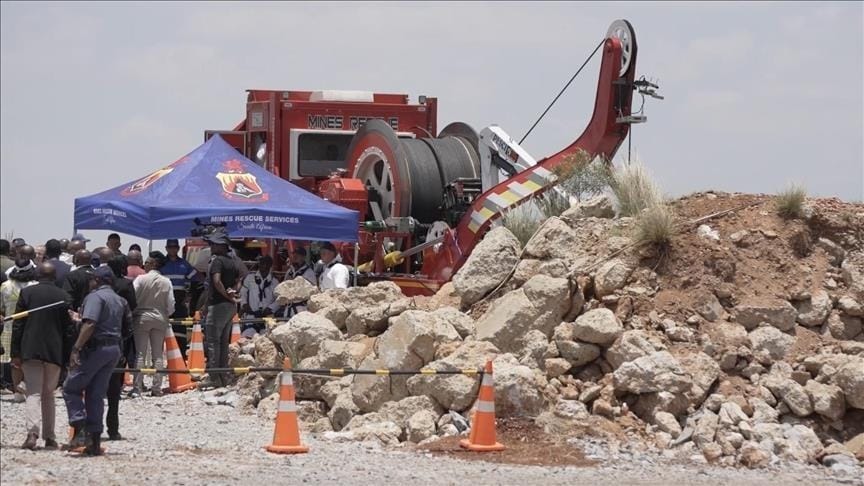South African authorities have commenced the burial of dozens of unidentified bodies recovered from a disused gold mine in Stilfontein, North West province, marking a grim chapter in the country’s struggle with illegal mining. On Tuesday, the first round of pauper’s funerals was held for 30 individuals whose remains had gone unclaimed since their retrieval in January.
The bodies were among 78 discovered at the site, which had been targeted as part of a government intervention against illegal mining activities. The operation, launched earlier this year, also led to the rescue of 246 survivors who had been working under hazardous and unlawful conditions.
Provincial Health Department spokesperson Tshegofatso Mothibedi confirmed that the funerals were conducted in three local areas: Jouberton, Klerksdorp, and Kanana in Orkney. He added that the process of identifying the deceased has been challenging due to the condition of the bodies and lack of documentation.
“Thus far, 25 of the recovered bodies have been identified and returned to their families after successful DNA matches,” Mothibedi said in comments to local media. “We are preparing for the burial of an additional 20 bodies by the end of June, subject to the finalization of administrative processes such as the issuance of death certificates by the Department of Home Affairs.”
The government’s efforts have been focused not only on the safe recovery and identification of victims but also on providing closure to affected families and communities. Despite these efforts, the slow pace of identification has caused delays in the burial of many of the deceased. As of April, only 12 bodies had been recognized by their next of kin.
The Stilfontein case has brought renewed attention to the dangers of illegal mining in South Africa, where abandoned shafts are often exploited by so-called “zama zamas” — informal miners who face extreme risks in search of income. The tragic loss of life in this incident underscores the broader human cost of unregulated mining operations, and the strain they place on local authorities tasked with managing their aftermath.
While the burials offer a measure of dignity for the unidentified victims, the government continues to process remaining cases with the hope that more bodies can be linked to their families.



